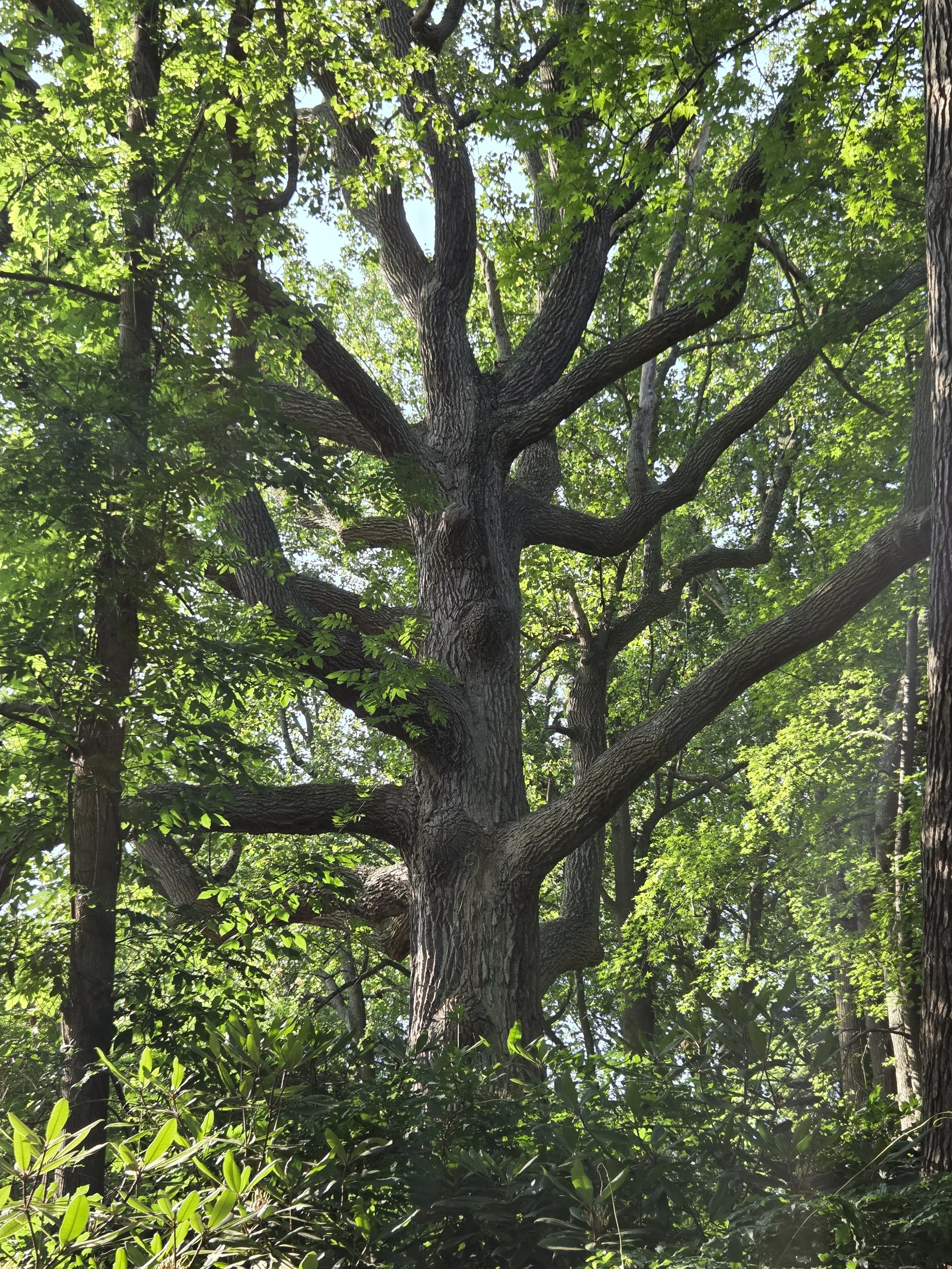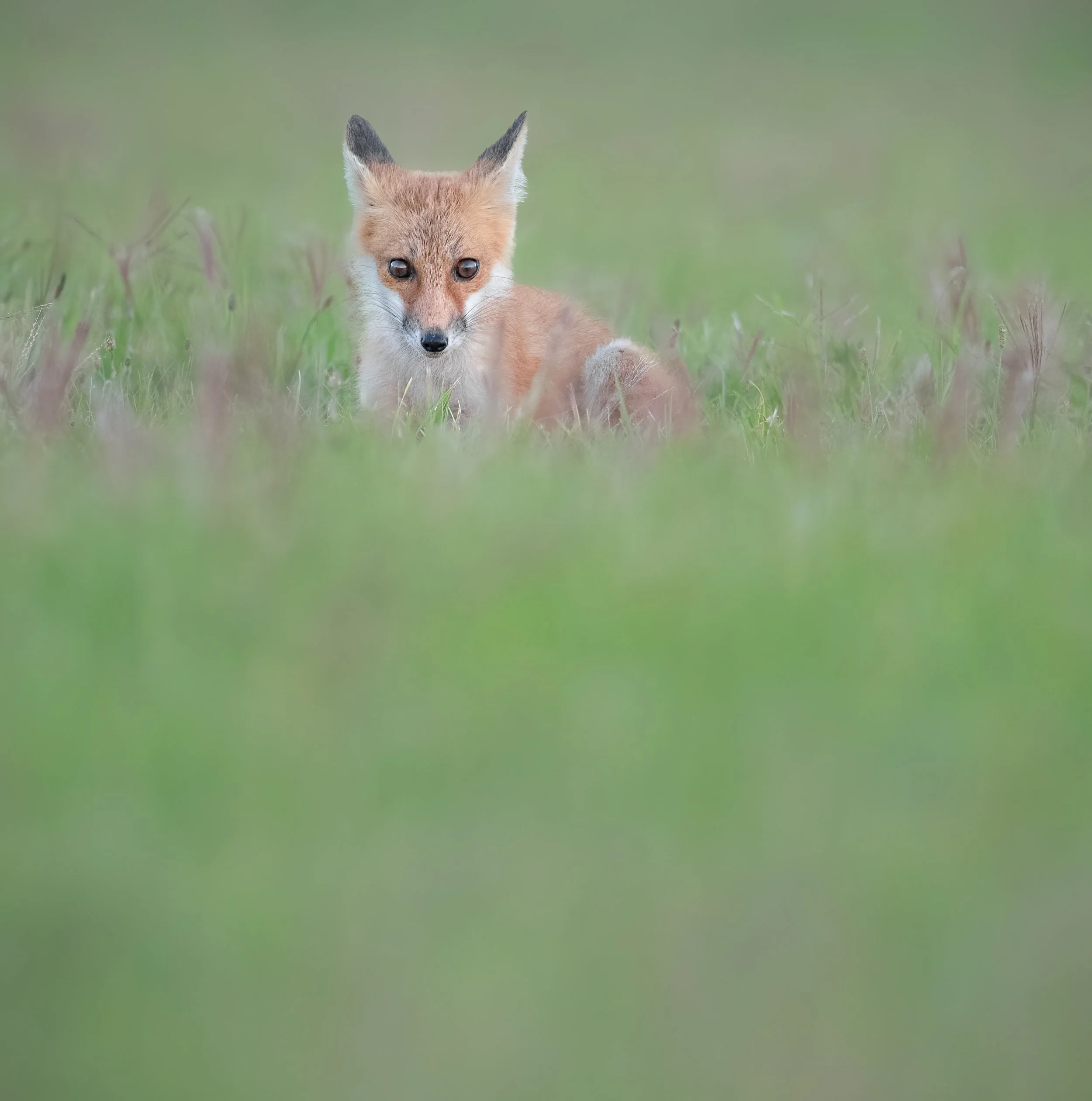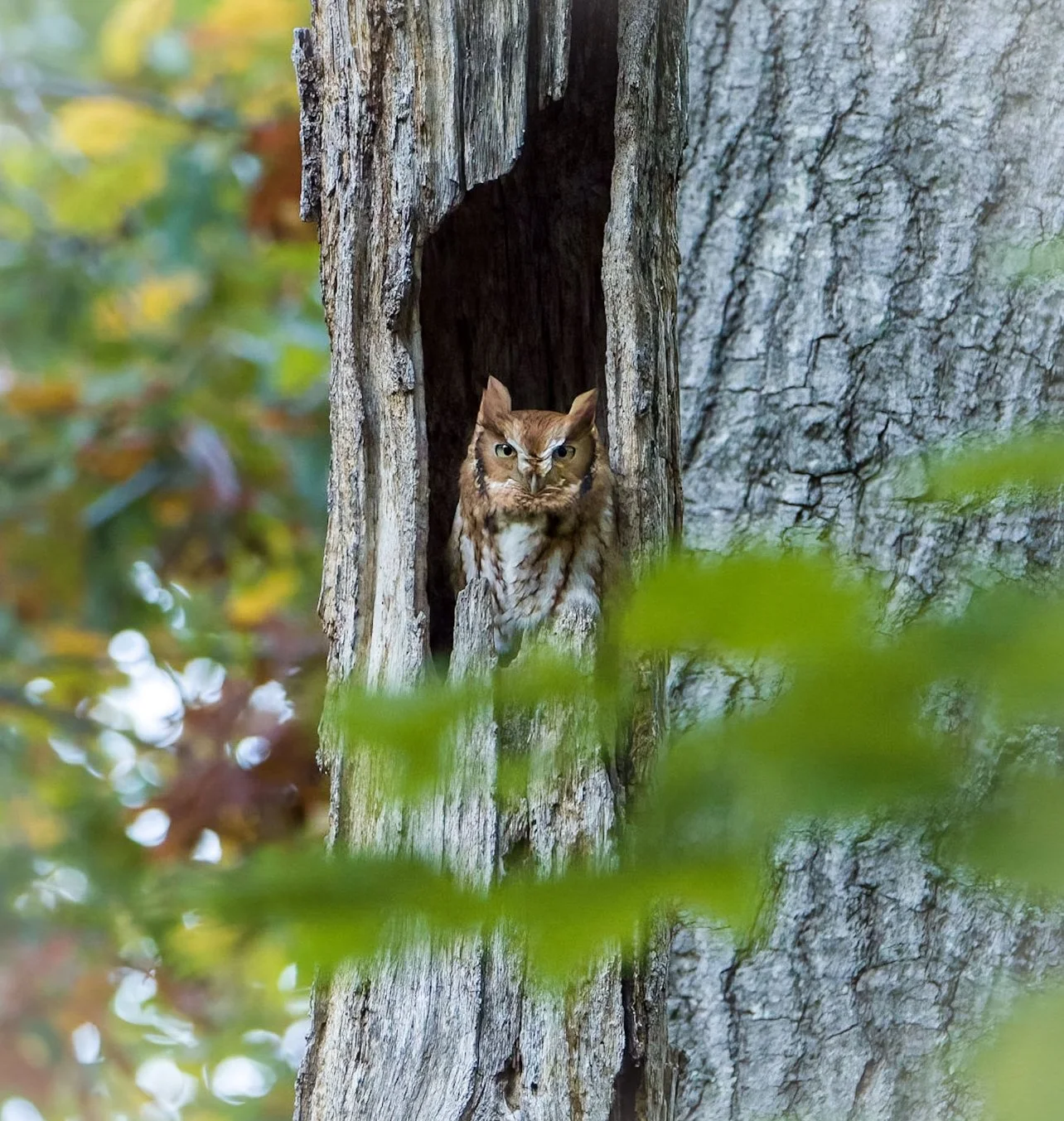Q&A with Anthony Silva, Senior Biologist at DuBois & Associates
After the thrilling acquisition of Scudder Preserve in April 2024, Monmouth Conservation Foundation began developing a stewardship plan for the Middletown property. To establish a baseline understanding of the plants, animals, and natural features found on site, the nonprofit land trust enlisted DuBois & Associates Environmental Consultants to conduct a natural resource inventory.
Over the course of a year and spanning all four seasons, the DuBois team of scientists carefully documented Scudder Preserve’s wildlife, trees and vegetation, water features, and diverse habitats. Each season brought its own discoveries, highlighting the complexity and beauty of Scudder Preserve's ecosystems. Natural resource inventories inform opportunities for public education, land management, and effective habitat restoration, and MCF plans to use the results of the DuBois & Associates inventory to guide our ongoing commitment to responsible stewardship of Scudder Preserve and its natural wonders.
Scudder Preserve contains wonders in all seasons. Click to enlarge. Photos by DuBois & Associates.
With the study now complete and the final report in hand, MCF connected with Anthony Silva, a senior biologist at DuBois & Associates and one of the dedicated environmental scientists who spent a year evaluating Scudder Preserve. In this Q&A, Anthony offers a behind-the-scenes look at the inventory process and shares his perspective on the area’s natural treasures.
Photo courtesy of Anthony Silva
Meet Anthony Silva
Growing up, I used to love going camping with my family and spending time in the woods. Walking through streams and flipping rocks to look for frogs was my favorite way to be outside.
I graduated with a degree in environmental science, and I’ve been working with Bryon DuBois for 20 years now. In that time, I became a certified professional wetland scientist and am qualified by the US Fish and Wildlife Service to survey for federally threatened northern bog turtles and several endangered species of bats. It’s a really fulfilling career.
The best thing about working at DuBois is the opportunity to work with a fantastic team of scientists and professionals. We have a multi-disciplinary team with expertise in the fields of ecology, botany, herpetology, ornithology, and other natural resource sciences, who all helped shape Scudder Preserve’s natural resource inventory.
How do you define a natural resource inventory, and why is it an important tool for land conservation and the stewardship of a property?
A natural resource inventory, or NRI, is a document and process that identifies, maps, and describes the natural and cultural resources within a specific geographic area. It serves as a foundational tool to inform land use planning and natural resource management by helping landowners understand their environment and make decisions about how to use and care for their property. It also helps inform conservation practices for the betterment of the broader local ecosystem.
When you began working at Scudder Preserve, what were your first impressions of the property’s ecological features?
The very first thing that struck me was the immediate awe of turning down the eastern driveway off Browns Dock Road and seeing the rhododendron thickets and conifer stands. It’s absolutely beautiful! You notice the maturity of the trees in what we call a legacy forest because it’s been around for so long.
There is a huge tulip tree just south of the main house, which is spectacular. I saw that and just thought, wow. This is the largest tulip tree I’ve ever seen. This has got to be some kind of record! We measured it and submitted a Big Tree nomination form to the New Jersey Forest Service. Sure enough, they certified it as the second-largest tulip tree known to exist in the whole state!
Another standout for me is the main Scudder pond, which is beautiful. Located behind the main house, it has an abundance of basking turtles, and you are likely to observe foraging waterbirds. The periphery of the pond and homestead area is surrounded by an array of ornamental plants that I understand were lovingly planted and meticulously cared for by the previous owners, Dick and Libby Scudder.
Finally, traversing the nature trails is special. They go through forests, scrubland, meadows, and streams. The white pine stand on the western track just gives you this sense of wonder. In our congested Garden State, it’s wonderful to find a quiet patch in nature.
Scudder Preserve’s Signature Tulip Tree.
Photo by DuBois & Associates.
How does the biodiversity at Scudder compare with other landscapes you’ve studied in Monmouth County?
The variety of ecological features and its location on the upper New Jersey coastal plain make Scudder Preserve unique and important for supporting wildlife corridors and migration pathways. Through the NRI process, we documented 89 species of birds, 9 types of reptiles and amphibians, 12 mammal species, 2 types of fish, and a variety of insects, so the diversity is rich at Scudder Preserve!
90-acre Scudder Preserve connects directly to Huber Woods Park, adding to more than 480 acres of continuous green space within a vital coastal plain region in New Jersey. Recognizing this connection, the Connecting Habitat Across New Jersey (CHANJ) project identifies the preserve as core wildlife habitat that supports a diverse range of species, including threatened, endangered, and critical birds, mammals, reptiles, insects, and flowering plants.
Additionally, Scudder Preserve’s location is positioned along the Atlantic Flyway, which is a major north-south migratory route for birds along the eastern coast of North America. So accordingly, the bird diversity and species richness of the preserve is very high.
Some of the creatures that call Scudder Preserve home. Click to enlarge. Photos by Emilee Carton: Jersey Shore Wildlife Photography.
What special ecological features might visitors notice, or potentially overlook, that you find especially interesting at Scudder?
Scudder Preserve’s small vernal pool. Photo by DuBois & Associates.
If you’re even luckier, you may come across the family of foxes emerging from their den just up the slope from this pool. Witnessing these events really stuck out to me during my time on site.
What excites you most about the potential future of Scudder Preserve?
I like this question because what truly excites me most is the enthusiasm I feel from MCF. Their staff and partners are committed to preserving the Scudder family legacy and promoting responsible stewardship and natural resource management on the preserve. They have reached out to me for guidance during the NRI process to set goals for long-term, collaborative restoration efforts and special projects.
MCF is a land steward committed to the furtherance of preservation, management, and education, and that should not be overlooked. I look forward to revisiting the site in the future and following along on their efforts!
Right away visitors will notice the main pond and the beautiful legacy forest; those are obvious and incredible features of Scudder Preserve. One hidden gem that could be easily overlooked is the small vernal (or seasonal) pond on the west tract. If you’re not specifically looking for it, you could easily walk right past it, but the “banjo twang” of green frogs or the “trills” of northern gray tree frogs may alert you to it. This small pool is busy with frogs, and if you are lucky enough, you might be able to see a juvenile snapping turtle basking just beneath the water’s surface.
Photo by Emilee Carton: Jersey Shore Wildlife Photography.
Photo by Emilee Carton: Jersey Shore Wildlife Photography.












